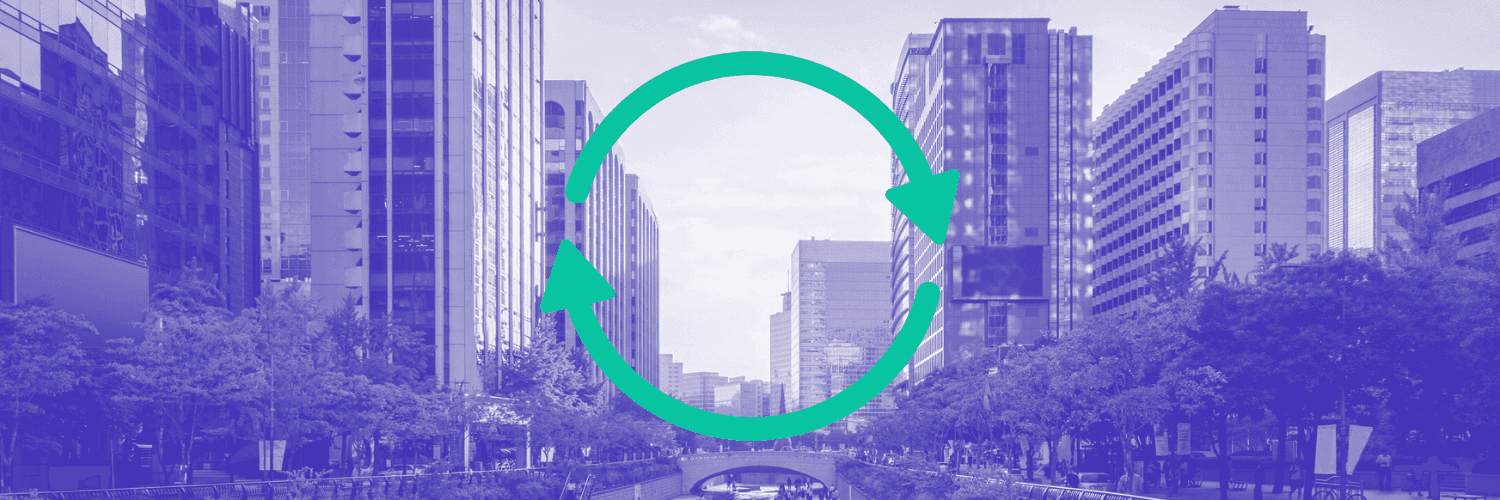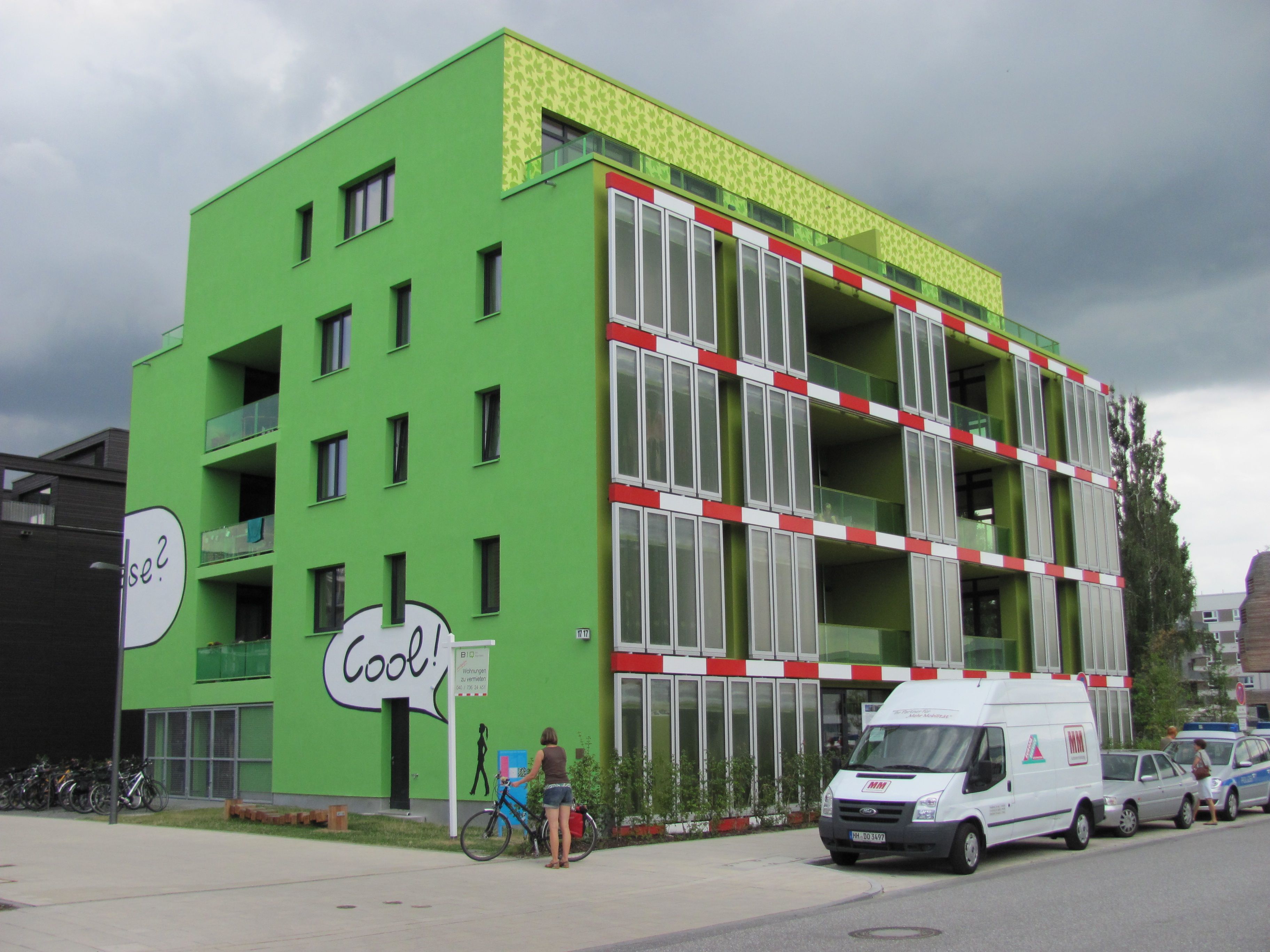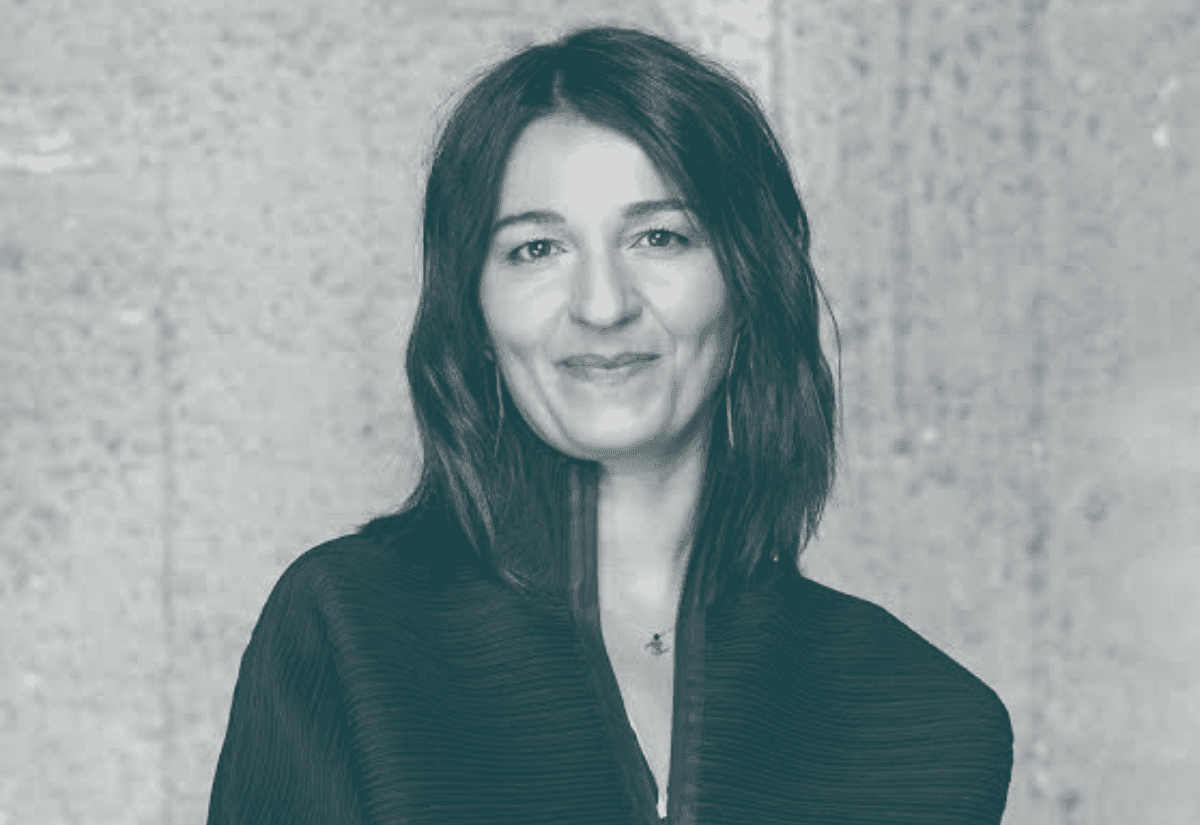

In this interview, architect and researcher Areti Markopoulou talks about what it means to see cities as living systems – places where resources like food, water, energy, and waste are constantly moving and connected to the wider world around them. She explores how we might make cities fairer and more sustainable by rethinking how we use resources and who has control over them. From local food production to new building materials, Markopoulou offers a thoughtful take on how cities might change – and what kind of future we want to build.
Areti Markopoulou (AM): An urban metabolism or a city or regional metabolism is the dynamic system of resource flows – meaning materials, energy, food, water, and waste that connects cities with their surrounding territories.
On the one hand, it’s a technical model. On the other, it's a way of understanding the interdependence between urban life and the land, or the labor and the ecologies that sustain it. In an extractive model, it is regions that serve cities. Resources are pulled into cities, waste is pushed out, and the impacts are displaced – often to marginalized communities or marginalized landscapes.
So food, water, energy, and materials move through cities, but so do power or labor and ecological impact. The challenge is to reveal these hidden flows and their interdependencies. The question we have to ask ourselves is: Who feeds the city? Who births its waste? Whose land, whose labor, or whose ecosystems are being drawn into this extractive model?
A true regional metabolism reverses the logic of the extractive model. It localizes productions. It shortens supply chains and it is able to return nutrients back to the soil. It is also empowering communities so that they can produce their own resources, be that food or energy, as well as manage their waste system. It is able to do so based on the local knowledge or the local climatic conditions.
So food, water, energy, and materials move through cities, but so do power or labor and ecological impact. The challenge is to reveal these hidden flows and their interdependencies.
AM: To support a just regenerative metabolism, we need to radically rethink who holds the rights to land, to water, to food, to energy – and how these resources are shared. Right now, too many systems are designed for profit and not for equity or resilience.
Resource sovereignty means putting the control of essential resources back into the hands of the communities with which they are most connected, or who are most impacted by the way that these resources are being processed. It also means that we need to design with care.
We must acknowledge that human and more-than-human life are codependent, and that thriving metabolisms require participation. It's not just an optimization issue. So if we want to rethink, or even better, to rewire our urban systems, we have to start with reciprocity and repair – and not just innovate for the sake of innovation or technological progress.
There are examples from around the world where people have been working on creating this connection between resources and communities. For instance, there are examples where land property, land possession or land rights have been redefined to ensure that local or indigenous communities have both access and power of decision over this land.
I believe that this is something very fundamental when we're talking about resources and metabolism. When we extract resources, even if these resources are for renewable purposes, we always create an impact.
We must acknowledge that human and more-than-human life are codependent, and that thriving metabolisms require participation. So if we want to rethink, or even better, to rewire our urban systems, we have to start with reciprocity and repair.
AM: Biotechnologies are key for the future of cities and the recent advancements in the field are fascinating. On the one hand, they allow us to develop more adaptive and responsive systems – which goes in contrast to the traditional model of a static infrastructure or a static city. For example, buildings could incorporate facades made out of living systems such as algae, which are able to generate energy or purify air.
Buildings could also incorporate biomaterials such as mycelium-based materials, which grow and decompose naturally. These innovations could, in a way, turn construction into a regenerative act rather than an extractive one.
In terms of infrastructure, we also see some interesting advancements in the fact that there are microbial processes that can be implemented in territorial or landscape scales to enrich soil. We are able now to create bioreactors that could treat waste water on site and transform it into fertilizer.
We also see technologies that support the transformation of food waste into compost and biogas – as well as into new materials for construction. Biotechnologies are very powerful because they can also help us to reduce dependence on global supply chains through local and distributed systems.
If we think of urban farms or hydroponic power, such as rooftop greenhouses, which integrate food production into the fabric of a city – we can also imagine cities as distributed biolabs, which cultivate resources instead of just consuming them. These technologies are no longer science fiction.

The BIQ house in Hamburg, Germany, is using Microalgae facade. Source: NordNordWest, via Wikimedia Commons
AM: Artificial intelligence is already playing a role, as well as technologies of artificial intelligence. They are not new technologies. Let's not forget that big data or computational algorithms are what made us realize that we have a climatic crisis. If we hadn’t had the computational algorithms to run data, compare data and make predictions, we wouldn't be able to realize that we are at a moment of crisis.
It is important to understand how AI technologies are going to change not only the panorama of how cities operate, but also the professions that surround cities – from planners, designers, architects, constructors, real estate decision makers. If AI is able to collect data and give us perspectives that we would have never been able to acquire without these technologies, what do we do with these perspectives?
What we do need to do collectively is to ask the appropriate questions, and to decide together what is the future that we want to live in.
AM: The climate crisis is a clear future challenge. However, I believe this is part of an interdependent crisis which is related to ecological, social and economic crises. It is important to acknowledge that there are many stakeholders who benefit from the climate crisis – so we need to be able to understand the political and the economical interdependencies.
There is a clear need for systemic change, which is not going to be easy. However, we do have the means to achieve systemic change. What we do need to do collectively is to ask the appropriate questions, and to decide together what is the future that we want to live in.
AM: I believe that the city of the future is gonna be much softer, greener, and more accustomed to using materials that are akin to the environment that surrounds cities. I think that there are many infrastructures that will become obsolete, including infrastructures related to mobility or related to individual property.

Areti Markopoulou is an architect, researcher, and urban technologist working at the intersection of design and digital innovation. She is the Academic Director of the Institute for Advanced Architecture of Catalonia (IAAC); the founder of Design Dynamics Studio; and co-editor of urbanNext – a global platform rethinking architecture through the lens of contemporary urban challenges. Markopoulou holds degrees in architecture and engineering from the Democritus University of Thrace, IAAC, and the Fab Academy, and is currently a PhD candidate at UPC researching responsive environments and smart cities.
This article is based on an interview conducted by Laura Valdés Cano, with the invaluable support of Oscar Chamat-Nuñez, editorial assistance of Caitlin Law and Juliette de Gouberville. The text has been edited for readability purposes.
Credit of the photo illustrating the article: NordNordWest, Lizenz: Creative Commons by-sa-3.0 de, CC BY-SA 3.0 DE <https://creativecommons.org/licenses/by-sa/3.0/de/deed.en>, via Wikimedia Commons